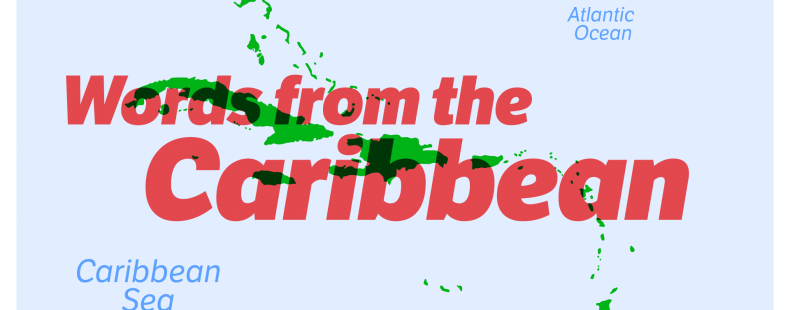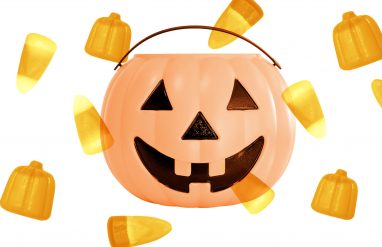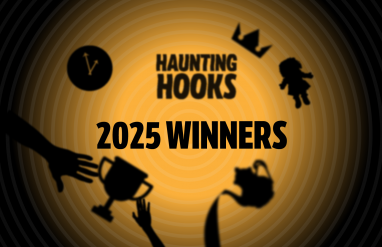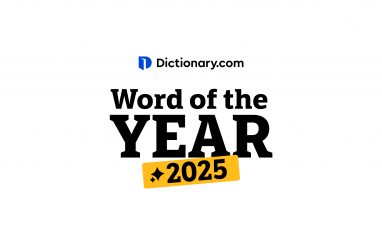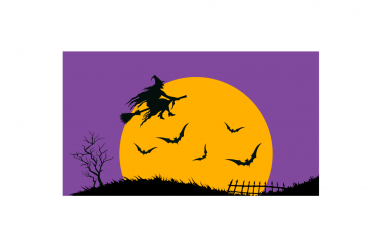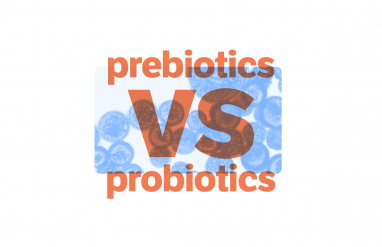by Mariel Jungkunz
Whatever you know about the Caribbean, there’s one key fact that may surprise you: there are more than 7,000 islands in the region. The region encompasses the entire Caribbean Sea, which is bound to the west by Mexico and Central America, to the north by Cuba, and to the south by South America. But it goes beyond the borders of this sea.
🎉 Celebrate Hispanic Heritage Month
National Hispanic Heritage Month is a monthlong observance in the US in celebration of the cultures, contributions, and lives of people with Hispanic and Latin American heritage. It takes place every year from September 15 to October 15. Learn more about National Hispanic Heritage Month.
Although the Caribbean is often referred to collectively, its peoples and places are diverse. This is a region that is home to reggae music, a Jamaican style blending blues, calypso, and rock-‘n’-roll, and gave us musical instruments such as the maraca and the buleador drum, which is essential to bomba (a type of Puerto Rican music with African roots). The Caribbean islands have given us popular dishes such as Cuban arroz con pollo or congri (black beans and rice). Literature has been enriched by the contributions of Caribbean writers like Jamaica Kincaid, José Martí, and Julia Alvarez.
The region’s diversity is reflected in a change adopted in 2020 by the US Census, which for the first time offered Caribbean people in the US the option to identify both their race and nationality. For example, a Jamaican can now check both “Black or African American” and “Jamaican.” Whether or not you have Caribbean heritage, Hispanic Heritage Month offers us an opportunity to learn more about the Caribbean region and honor its diverse cultures, people, and places. It’s also a chance to talk about the words that describe or are associated with the Caribbean itself.
🔑 Key takeaway
The Caribbean encompasses a region that is home to many countries, including Jamaica, the Bahamas, Cuba, Puerto Rico, the Dominican Republic, Haiti, Trinidad and Tobago, and Barbados, among others. People from the Caribbean tend to identify with their homeland first—calling themselves Jamaican or Puerto Rican, for example. The word Caribbean is similar to the designation European, in that it refers to a region but not a person’s specific race or ethnicity.
Where is the Caribbean?
When people talk about the Caribbean as a set of countries, they are generally referring to several island groups: the Bahamas, the Greater Antilles, and the Lesser Antilles.
- The Bahamas are technically located in the Atlantic Ocean, not the Caribbean Sea, but are generally considered part of the Caribbean.
- The Greater Antilles include the larger Caribbean islands: Cuba, Jamaica, Hispaniola (which is divided into the Dominican Republic and Haiti), and Puerto Rico.
- The Lesser Antilles include a number of independent nations (Antigua and Barbuda, Barbados, Dominica, Grenada, Saint Kitts and Nevis, Saint Lucia, Saint Vincent and the Grenadines, and Trinidad and Tobago), as well as territories such as the US Virgin Islands.
Some coastal regions in Central America (the country of Belize, for example) and South America (such as the Venezuelan Caribbean) can also be considered part of the Caribbean as well.
Nine nations in the Lesser Antilles form the OECS (Organization of Eastern Caribbean States): Antigua and Barbuda, St. Kitts and Nevis, Montserrat, Dominica, St. Lucia, St. Vincent and the Grenadines, Grenada, Martinique, and Guadeloupe. Anguilla and the British Virgin Islands are associate members of the OECS.
Where does the word Caribbean come from?
The word Caribbean can be used to describe a person from the Caribbean region, the Caribbean Sea itself, and “the islands and countries of the Caribbean Sea collectively.”
The term West Indies is sometimes used interchangeably with Caribbean. However, the origins of these two terms are quite different: West Indies is of European origin and a remnant of the era of colonization, while Caribbean itself is a word that traces back to the Indigenous people of the Caribbean region and what they chose to call themselves.
Caribbean means “of or pertaining to the Caribs” and comes from the Spanish word for Caribbean: Caribe. Caribs or Island Caribs are names used to refer to the Indigenous people of the Lesser Antilles. The words carib and Caribe are believed to be derived from the Arawak word kalingo, karina, or kalino, which means the “brave” or the “strong ones.” (The Arawak language family developed in modern-day South America and was dispersed to the Caribbean region.)
The word Caribbean is commonly misspelled—so no, you’re not the only one who gets confused! It might help to think of the word as a combination of carib (for the people of the region) and bean, so that you remember to add both Bs.
Caribbean can be pronounced at least one of two ways (and our dictionary entry for the word has an audio file for two): [ kar-uh–bee–uhn ] or [ kuh–rib-ee-uhn ]. But, given all the dialects and languages in the region, pronunciations will vary within the Caribbean itself. Based on the pronunciation of Carib itself, some experts believe the more accurate pronunciation is [ kar-uh–bee–uhn ].
Who lives in the Caribbean?
The Caribbean is an extremely diverse region composed of many different nations and territories with their own governing bodies. In some of the countries, the majority of people identify as Black, while in others a majority of people identify as biracial or triracial. There are six major languages spoken, varying by country: Spanish, English, French, Dutch, and two native creoles (Haitian Creole and Papiamento). Many more dialects are spoken informally. Spanish is the most popular language, based on the number of people who speak it.
Before the time of colonization by countries such as Spain and Portugal, the population of the Caribbean region was largely made up of these native groups, most of which spoke their own language or dialect:
- Taíno (Greater Antilles, Bahamas, Leeward Islands)
- Ciboney (western Cuba)
- Island Caribs (or Kalinago) (Windward Islands)
- Galibi (Windward Islands)
The makeup of the region changed with the arrival of white colonizers in 1492 and their subsequent settlement of the area and enslavement of African and Indigenous people to develop plantation agriculture in the region. Spain and Portugal claimed many of the Caribbean islands as their colonies. The French, Dutch, and English followed suit—leading to rivalries and wars (usually based in Europe) to determine ruling rights.
Beginning in 1804, the people of the Caribbean began to claim independence through a series of uprisings and rebellions. It began with Saint Domingue (now Haiti), which also became the first Caribbean country to abolish slavery. Other countries, however, like Cuba and Puerto Rico, remained under colonial rule, until the late 1800s. In 1898, Cuba became independent and Puerto Rico became a territory of the US.
Today, Puerto Rico and the US Virgin Islands are US territories. France, Britain, and the Netherlands also claim territories in the region.
This history has resulted in a diversity of culture and heritage, including Indigenous, African, European, and North American traditions and ancestry. As a result, many Caribbean people describe their ethnicity or race in complex ways (as the US Census has begun to acknowledge).
Caribbean words you might recognize
One way to honor the cultures of the Caribbean is by learning more about their linguistic roots.
Slang words from the Caribbean have made their way into English. You may be familiar with the Spanish terms of endearment mami and papi chulo, which were popularized in part thanks to Puerto Rican music. Another example is the Jamaican term mandem, which combines the words man and them to create a word for one’s crew or friends.
But some English words have much deeper roots in the Caribbean. Archeological records show people have lived in the Caribbean area since 9000–8000 BCE, and many of the larger islands were settled by 3000 BCE. The Arawak language was spoken early on, and the Taíno people developed their own Arawak language known as Taíno.
We’ve assembled a list of words that have origins in the Indigenous languages of the Caribbean.
barbecue
The Taíno people slow-cooked meat over coals, using a wooden frame to hold the food. The original Arawak word for the frame is barbacoa. Spanish colonizers copied not only the word but also the cooking style, and that gave us what we know today as barbecue.
Bite into more facts about the word barbecue, and how it differs from grilling and smoking.
boricua
The Taíno-rooted word boricua means “brave and noble lord,” and today is used by Puerto Ricans to refer to themselves and identify as Puerto Ricans. Borikén is the Taino word for Puerto Rico; today it’s usually spelled Borinquen when referring to the island.
butaca
Spanish speakers may recognize butaca as the name for an “easy chair.” The term comes from the Carib word butaka for “rocking chair.”
caiman
A caiman is a reptile related to alligators, and this term is used in both English and Spanish. It’s derived from the Carib word for this animal: acayouman. It also may be connected to a Congo African word.
caracol
Caracol is a Spanish word for “snail” based on the Taino word karakól (“sea shell”).
cay
A cay is a “low island of sand or coral,” and the term first appeared in English in the early 1700s. It comes from the Spanish word cayo (“shoal, reef”), which is in turn taken directly from the Taíno word for a small island.
hammock
The word hammock comes from the Arawakan word hamaca (used in Spanish today) and the Taíno word amaca, meaning “fish net.”
hurricane
Of course the word hurricane comes from the Caribbean. This word is based on the Spanish word huracán, which is derived (you guessed it!) from a Taíno word: Hurakán, which was the name of the god of storms.
Read about the difference between hurricanes, typhoons, and cyclones.
mangrove
A mangrove is a tree or shrub that grows in tidal areas (it has “stilt-like intertwining aerial roots”). The word is possibly connected to the terms mangle or mangue, derived from Carib or Arawak.
savanna
The Taíno term for a savanna is zabana (“treeless plain”). But this should not be confused with the Spanish word sábana, which comes from the Latin word sabanum, meaning “linen cloth, towel, napkin.”
Mariel Jungkunz is a Puerto Rican writer, journalist, and an editor at Dictionary.com and Lexico.com. She spent her childhood in Río Piedras, Puerto Rico, and thinks everyone needs some pastelillos and the Puerto Rican tradition of parrandas in their lives. For more by Mariel, read: ¡Diga! Do You Know These Spanish Words From “In The Heights”?
